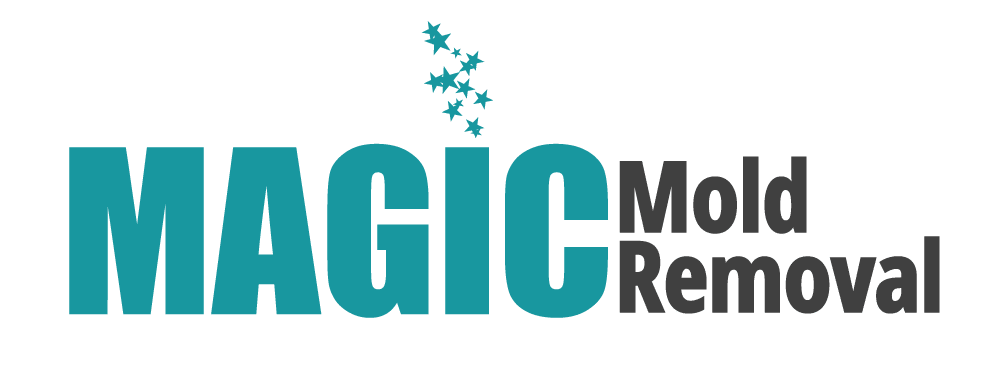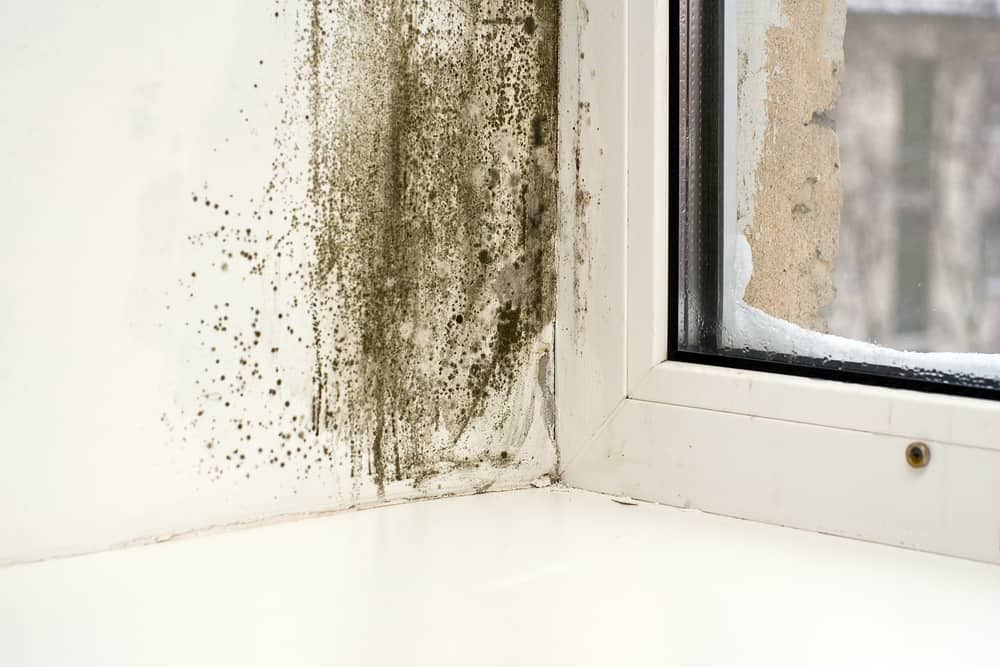Molds usually grow during wet and humid seasons. Molds are very irritating and might cause damages to your property or harm to you, your family, or your friends. Knowing how to remove them safely before it gets worse is beneficial information that you can use.
What are Molds?
Mold developing on firewood outside. Molds can be found in numerous hues, including black, white, orange, etc.
Molds are natural elements of the environment, and they may be found practically everywhere there is moisture and oxygen. They belong to the kingdom Fungi and dwell in damp environments such as soil, plants, and dead or rotting stuff.
Although molds are irritating, molds perform an essential role in nature by decomposing dead organic waste such as fallen leaves, dead trees, and other detritus; nevertheless, mold development should be avoided inside.
They come in numerous varieties, and all of them require water or moisture to flourish. When excessive humidity collects in structures or construction supplies, mold development typically happens, especially if the moisture problem continues unnoticed or ignored.
Does Mold Grow During Winter?
The short and sad answer is “yes.” But how can this occur when the air is dry, and the temperatures are too low in the winter?
Don’t forget about the wetness caused by snow. Mold typically stops growing whenever the temperature drops below freezing, although this does not occur all winter. When the temperature goes up to the point where snow melts, the first component of mold development – moisture – is created.
Unless your home’s foundations and walls are entirely watertight (which most aren’t), mold may grow in your walls. So, where does the second critical element, warmth, come from?
It is critical to keep yourself warm on cold days. However, if your house is warm enough for you to feel comfortable, it is warm enough even for mold to thrive. And it isn’t the only factor that encourages mold growth.
People use air humidifiers for several reasons throughout the winter months. When the air is too dry, it may have various detrimental impacts on our bodies. It may become difficult to breathe, and the air may irritate your throat or cause skin harm.
One of the most popular reasons people use humidifiers in the winter is to combat the common cold, which is at its height during this time of year. A humidifier might help you breathe easier by breaking up the congestion produced by the common cold.
On the flip side, the moisture you create for yourself also creates moisture for mold. Mold thrives in damp conditions, and when you combine that with the warmth you’re providing in your room, you’re creating the ideal habitat for mold development.
So, what could you do to avoid this from happening? The ideal strategy is to not keep the humidifier in one location for an extended period of time. You may use it on a daily basis; simply making sure to move it about the home from time to time to avoid creating too much moisture in one area.
How to Remove Molds?
Mold Removal is a long, dirty, and strenuous process. You have to prepare yourself and different materials to do everything well and ensure that you can successfully remove and clean the mold and the area around it. Removing molds during winter is similar to removing them during other seasons, so it’s best to know how to remove them.
Preparation
Before ripping out walls or wiping the tiles, you must prepare suitable materials. You also have to wear the proper attire like masks and gloves to avoid the risk of getting sick.
You have to ventilate the area when working by placing an old box fan or an inexpensive new one in a window. When you’re through cleaning, throw it away since the spores are nearly hard to remove.
Sealing off area
Once you know where the mold is, you should keep the area sealed from the rest of the house. You can tape a barrier of overlapping plastic sheeting to the wall and floor to cover the entryway. You should also cover all of the room’s air ducts with plastic and adhesive.
Mold Removal
If you notice small patches of molds on walls and tiles, you can safely clean them using a brush and with different chemicals like hydrogen peroxide and mold removers. By brushing the surface with the chemicals, you can remove the molds.
After removing the molds, use soft water to rinse the surface clean. Soft water has low acidity and minerals, unlike regular water, using water filters and water softeners.
There are times when molds can worsen, and you can’t clean them yourself due to health issues or not having the proper tools and materials. If this happens, you can call professionals to remove the molds for you and ensure that all the molds are safely removed from your property.
Mold Prevention
After you’ve learned how to remove mold, you should concentrate on preventing it from happening in the future. You can avoid most molds by controlling dampness.
But it’s best to prevent these molds from growing before they even start. Ensuring that the property is water sealed and does not hold too much humidity can help prevent molds from growing.
Mildewcide in paint is often useful for reducing surface mold in wet spaces such as restrooms and outside in shady locations. Many paints already include mildewcide. Inquire with your paint store about mold removal products.
Conclusion
So, does mold die in the winter season? No. Mold will often make its way into your house, especially if you establish a climate conducive to its growth. Mold cannot live in subzero temperatures; therefore, it will not be a concern on the exterior of your home throughout the winter.
On the other hand, your warm house may become a breeding ground for mold, primarily if you use a humidifier. As much as possible, try to keep mold from growing. If it does form, consider getting expert assistance.



Recent Comments